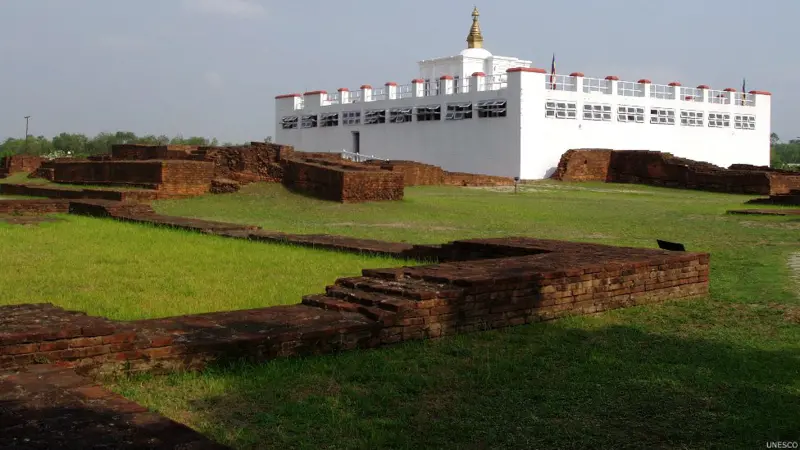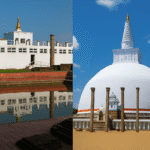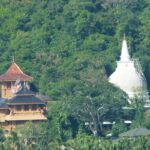“A site becomes sacred not only through presence — but through the power of preservation.”
Introduction: Two Homelands, One Legacy?
Most people today associate Buddhism’s sacred geography with India — Bodh Gaya, Lumbini, Sarnath, and Kushinagar. Yet few ask why these places rose to prominence after the Buddha’s death, and why ancient Sri Lankan pilgrimage traditions were pushed to the margins.
This article explores how politics, empire, and reinterpretation turned India into the center of Buddhist pilgrimage, while Sri Lanka — the preserver of the original Dhamma — was quietly sidelined.
Ashoka and the Power of Pilgrimage
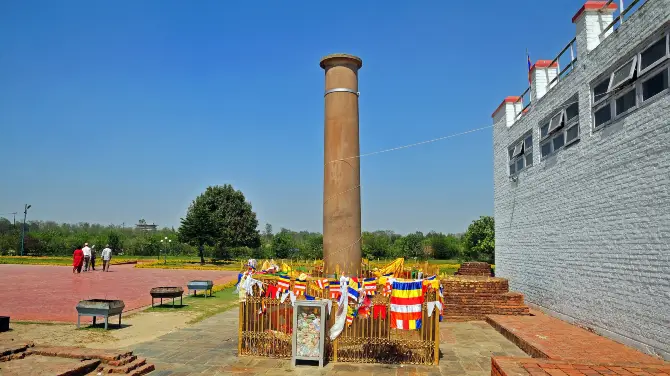
The emperor Ashoka (3rd century BCE) was pivotal in spreading Buddhism across the Indian subcontinent and beyond. He:
- Built monuments at Bodh Gaya, Sarnath, and Lumbini
- Sent missionaries abroad, including to Sri Lanka
- Used Buddhism to unify his empire
Ashoka’s state-sponsored Buddhism mapped the Dhamma onto his territory — and later traditions followed that blueprint. This was the birth of the Indian “pilgrimage grid.”
But note: Ashoka lived more than 200 years after the Buddha. His design of sacred sites does not reflect the Buddha’s actual footsteps, only his devotional intentions.
What the Mahavansa and Solosmasthana Tell Us

The Mahavansa details not only the arrival of Buddhism in Sri Lanka, but also the Buddha’s three personal visits — long before Ashoka’s time.
These visits included:
- Samantakuta (Sri Pada) — where the Buddha left his footprint
- Kelaniya — site of his second visit to settle a tribal conflict
- Nagadeepa — sacred to the Nagas, described in early chronicles
The Solosmasthana (Sixteen Sacred Places) were formalized later and reflect royal-monastic traditions.
Meanwhile, sites such as Babaragala, Isinbassagala, Ritigala, and Budugala — although not part of the formal Solosmasthana — align with specific events in the Buddha’s life described in Lankan texts. They may represent a forgotten or parallel pilgrimage route, preserved through oral tradition and geography.
Mahayana Influence and the Rise of Symbolic Geography

As Mahayana Buddhism spread, so did symbolic interpretations of sacred geography. The idea of the Five Dhyani Buddhas introduced new layers:
- Akshobhya (East)
- Ratnasambhava (South)
- Amitabha (West)
- Amoghasiddhi (North)
- Vairocana (Center)
These were not historical figures but cosmic archetypes, and over time, their realms may have been mapped onto real-world locations.
It’s possible that India’s dominance in Buddhist geography emerged from this Mahayana framework, leading to misidentification of key events like birth (Lumbini), enlightenment (Bodh Gaya), and parinirvana (Kushinagar).
Why Sri Lanka Was Forgotten
Despite being the first country outside India to fully adopt Buddhism, Sri Lanka’s role was minimized:
- Its sacred sites were excluded from early colonial-era “Buddhist maps”
- Local traditions were dismissed as legend or “later adaptations”
- The Tripitaka was written down here, but the geography of its content was re-mapped elsewhere
Sri Lanka preserved the oldest form of Buddhism (Theravāda), yet its own sacred geography was seen as secondary to sites “discovered” in India centuries later.
Reclaiming the Real Pilgrimage Trail
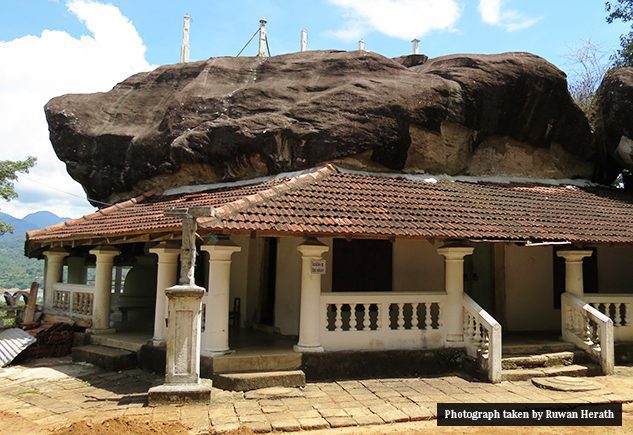
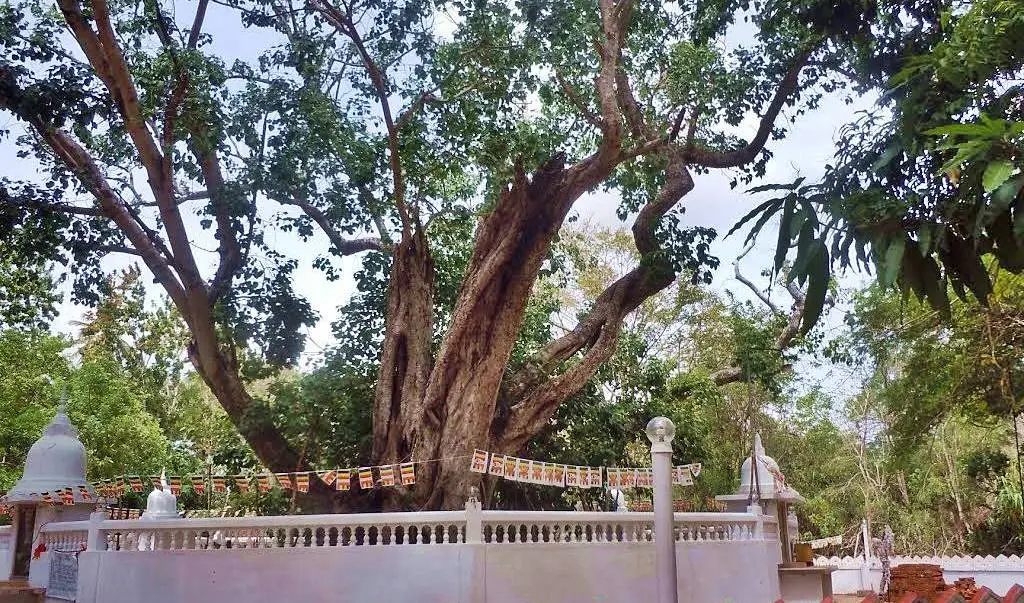
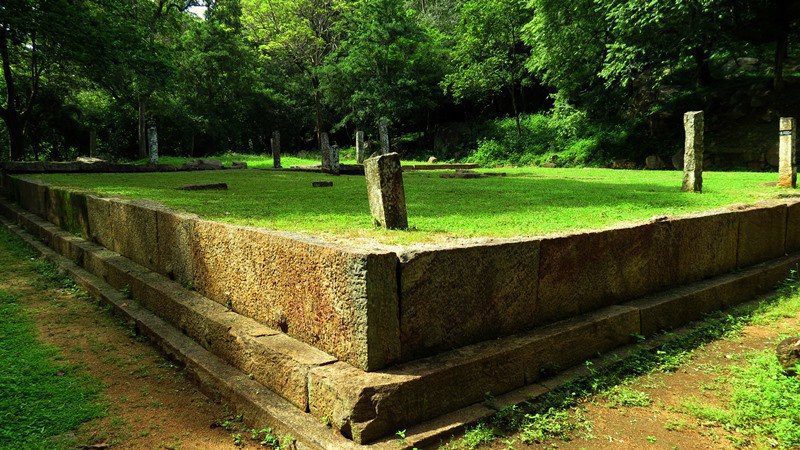
A growing body of research, supported by geographical features, inscriptions, and local tradition, points to a Sri Lanka-based journey of the Buddha that predates or parallels the traditional Indian narrative.
Key sites along this trail include:
- Bambaragala Rajamaha Viharaya (Theldeniya) — Recognized as the birthplace of Prince Siddhartha, with Brahmi inscriptions and local oral history supporting this identification.
- Hiriwadunna Sri Bodhiraja Forest Hermitage (Habarana) — A sacred Bodhi tree and ancient Vajrasana seat suggest this as the true site of the Buddha’s enlightenment.
- Isinbassagala (Anuradhapura District) — Referred to by local traditions and historical accounts as the place where the Buddha delivered his first sermon, mirroring the role of Sarnath in the Indian narrative.
- Budhugala (Okkampitiya, Moneragala District) — Widely venerated as the Buddha’s Parinirvana site, based on long-standing Sinhala traditions.
These locations may not appear on the formal Solosmasthana list, but they align with detailed descriptions found in the Mahavansa, Saddharmaratnavaliya, and early oral traditions. Together, they form a more historically coherent pilgrimage trail rooted in Sri Lanka — not in later imperial reconstructions.
Conclusion: What We Forgot, We Can Remember
India became the Buddhist pilgrimage hub through imperial sponsorship and symbolic reinterpretation. Sri Lanka, though less globally known, was the cradle of preservation — the silent guardian of the Buddha’s earliest legacy.
Today, as we revisit ancient texts and sites, we are not erasing one tradition — but restoring another. One that was never lost, only forgotten.
